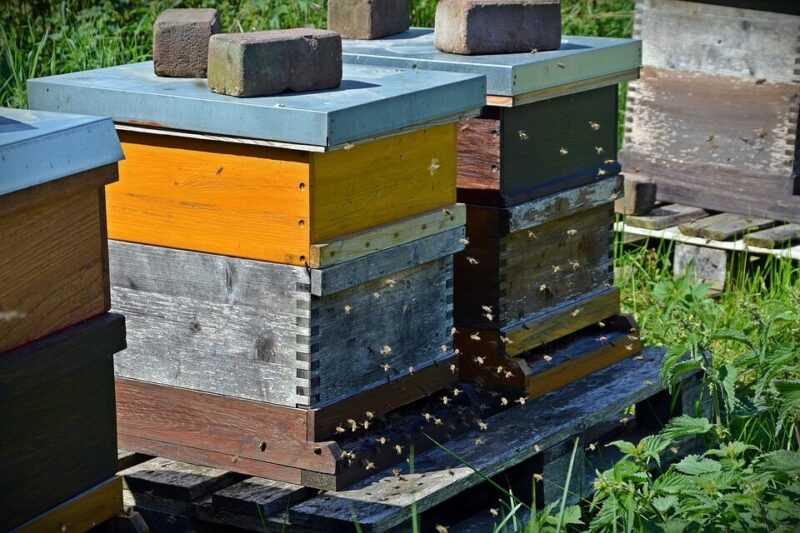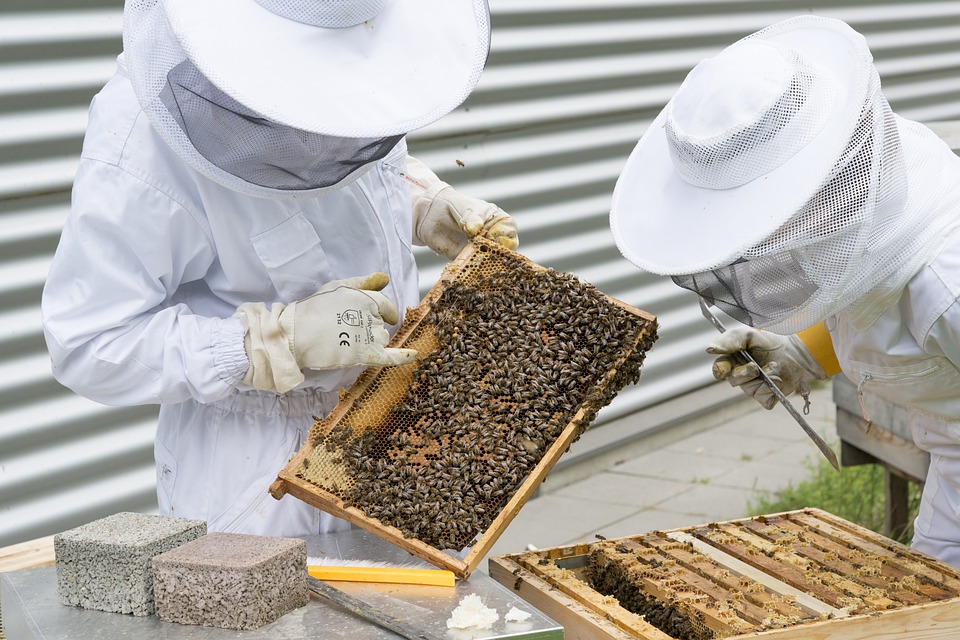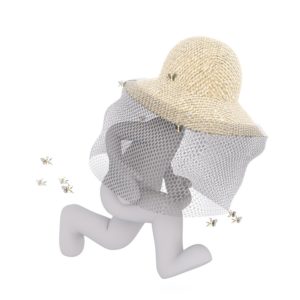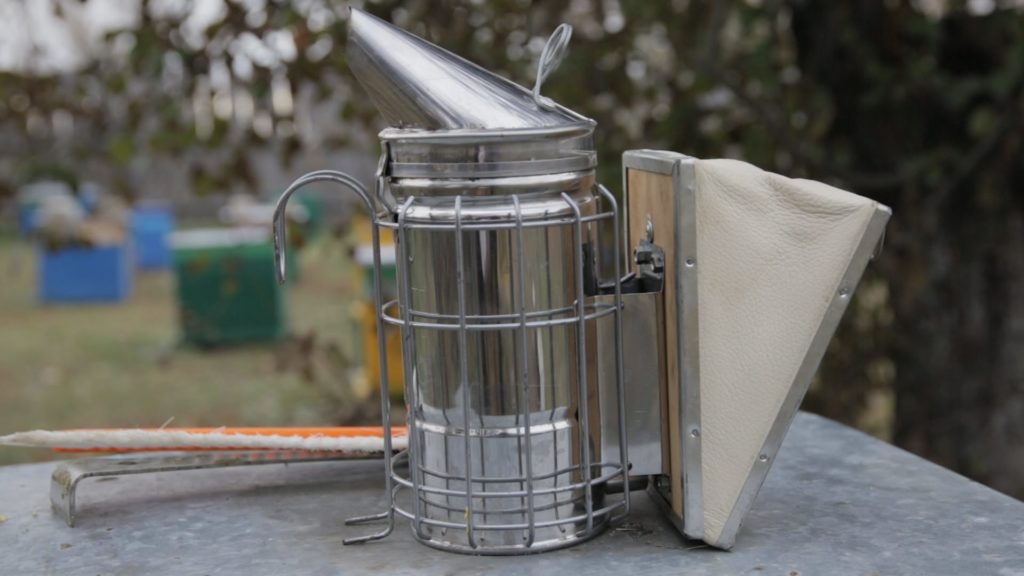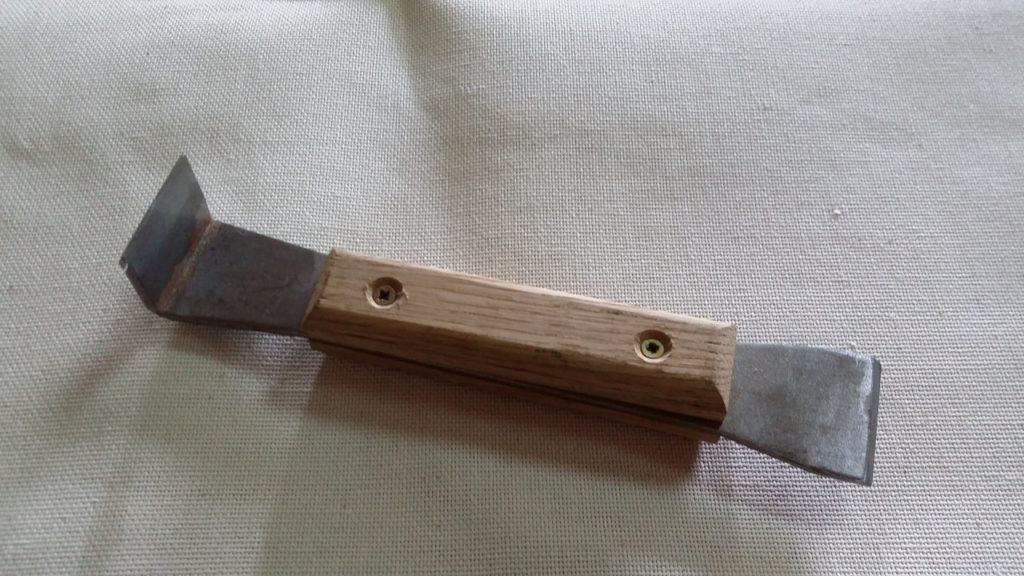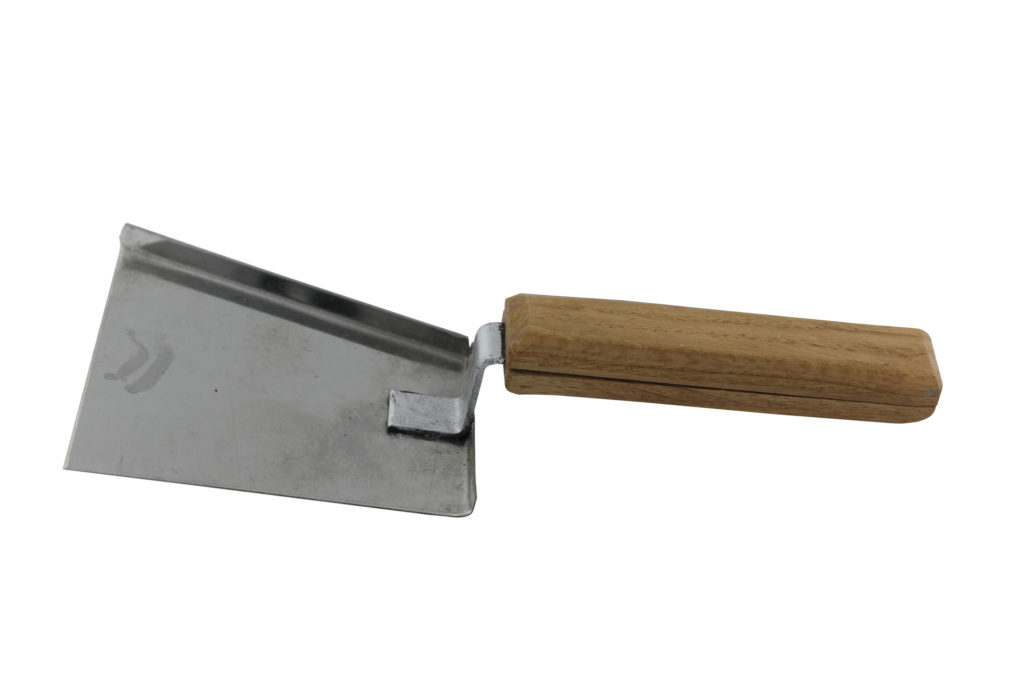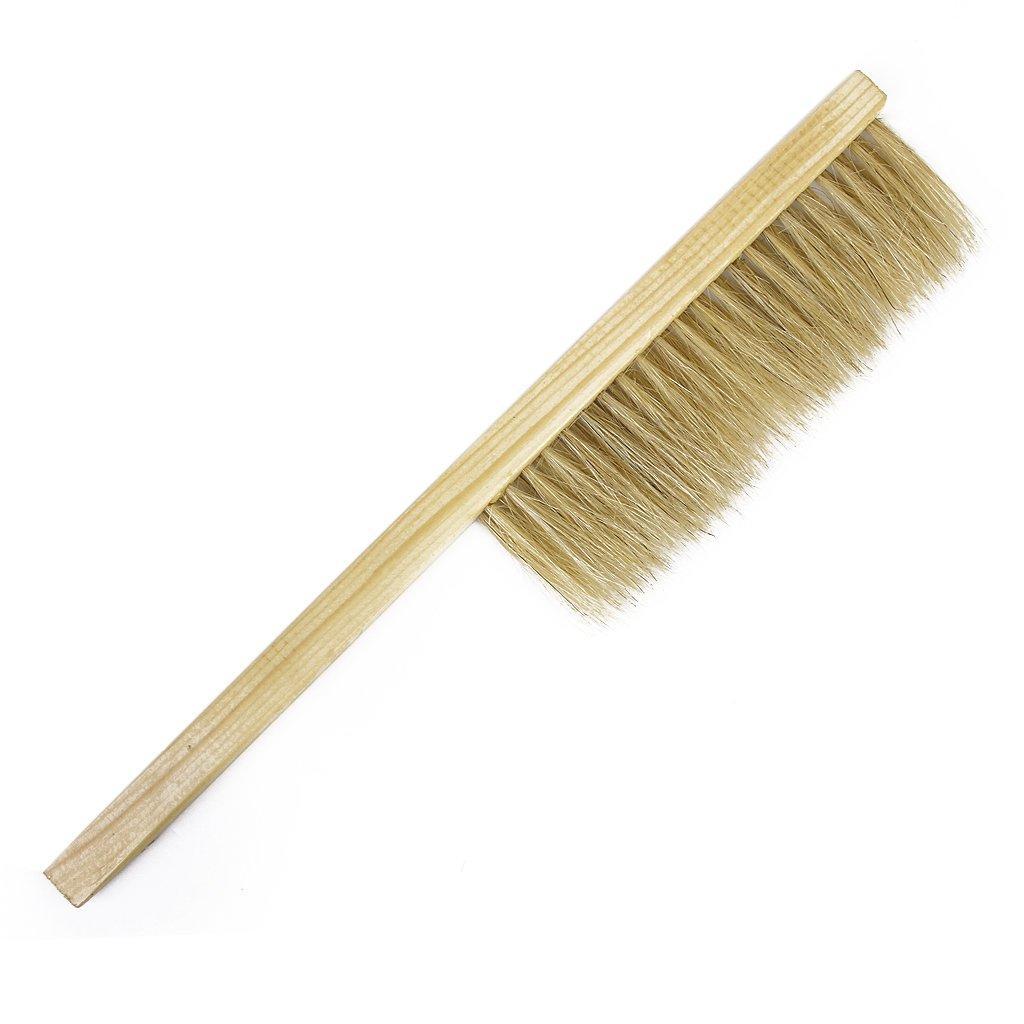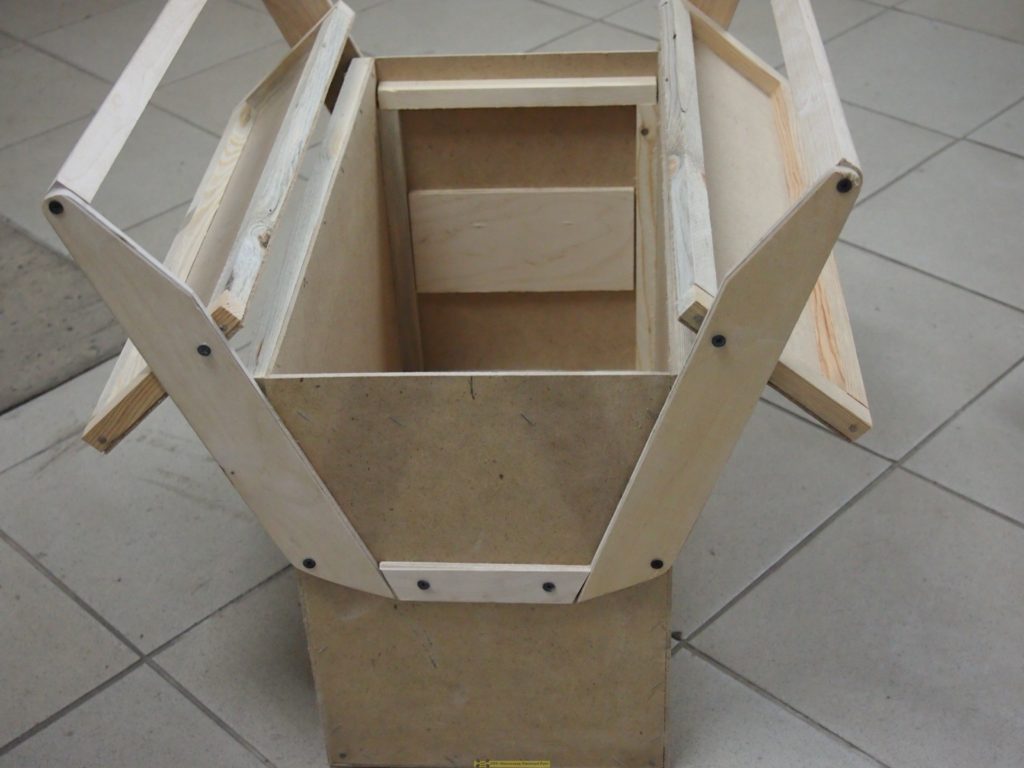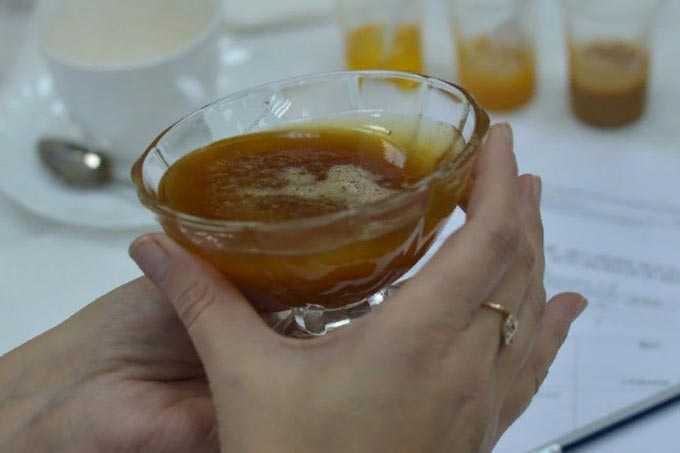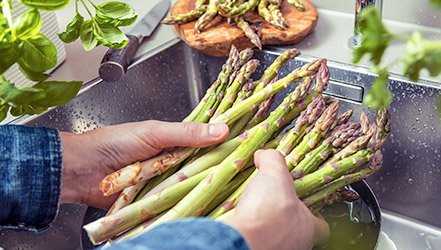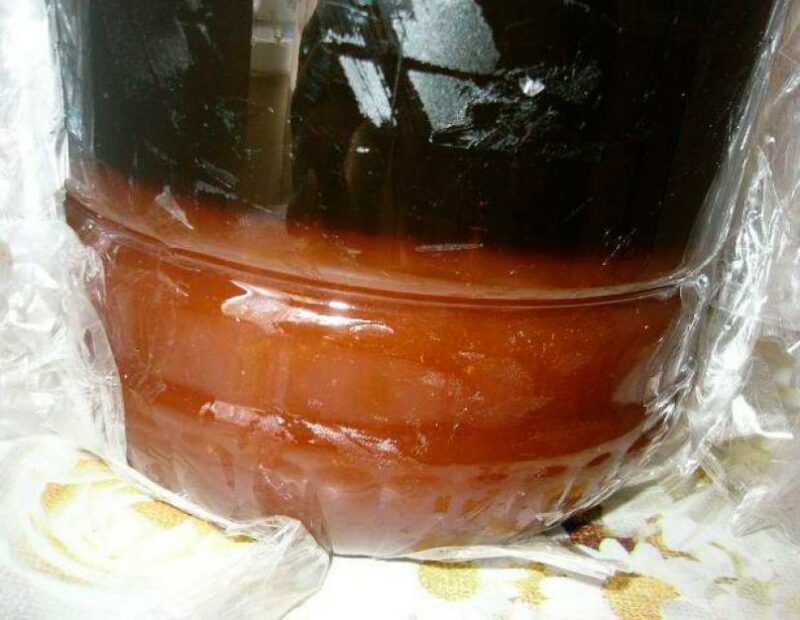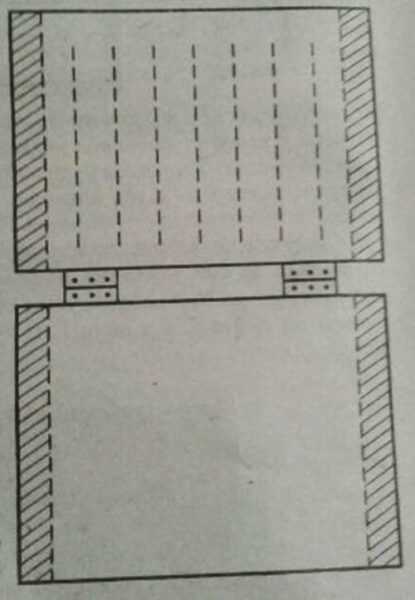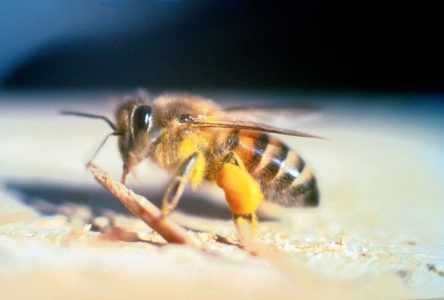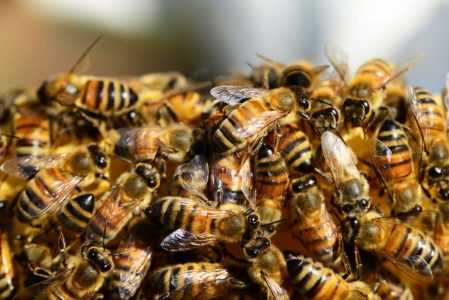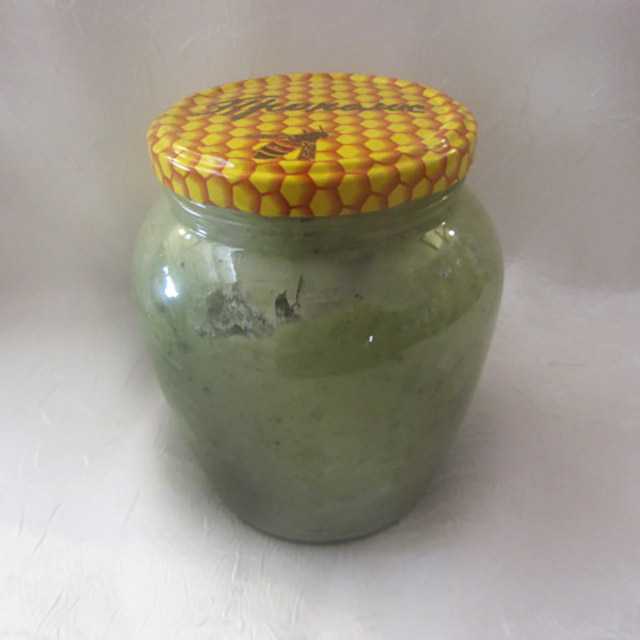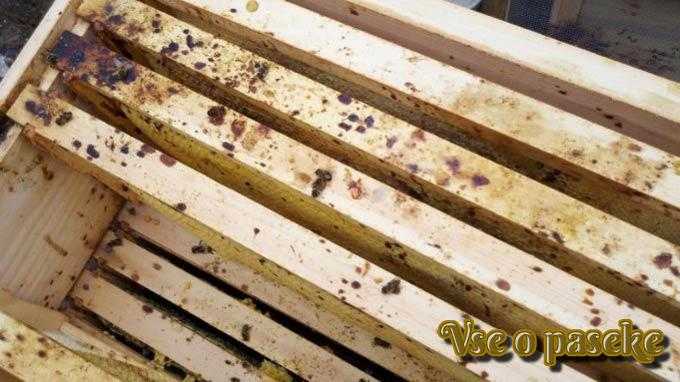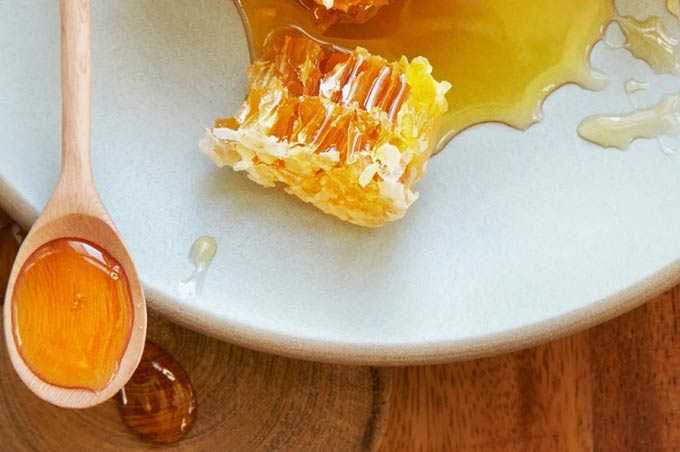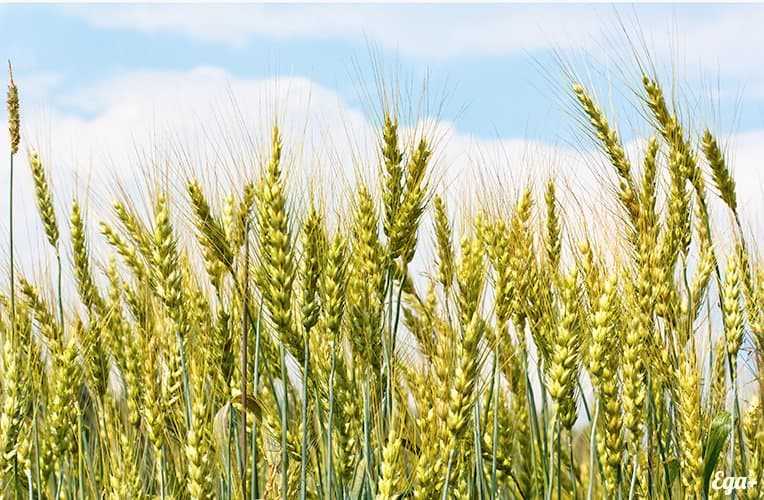People who treat themselves to natural honey rarely think about how difficult it was to collect it, how much was required to make it. The painstaking work of bees, the work of people who have equipped the apiary and care for its inhabitants is invested in this sweet product.
Those who consider the apiary to be a site with hives are mistaken. It is a complex system that requires control. Only when organizing your own farm is it revealed how diverse the beekeeper’s inventory should be.
The specifics of working with bees should be taken into account. You should not start a business until everything necessary for beekeeping has been collected.
Equipment for keeping and breeding bees
Before introducing insects, the beekeeper needs to familiarize himself with the information on caring for them, purchase or independently make beekeeping equipment, equip an apiary. Usually large objects are associated with it: bee hives, protective suits. In fact, to maintain a farm requires many different adaptations.
Mandatory equipment for beekeeping
First, bees are provided with comfortable living conditions. When they take root, they will collect nectar and pollen. Therefore, beekeeping begins with the construction of insects’ dwellings.
Beehives can be made with your own hands in an apiary, purchased to order. In fact, each of them is a box consisting of a bottom, 4 walls, a removable or folding roof.
The hive is made from harmless durable materials, brightly painted on the outside, set on a low stand. For insect access, gangways are made, and barriers are arranged from pests (mainly rodents).
The main thing in any hive is the inner filling. The shape, size and number of inserted frames, usually wooden ones, must be such that they fit freely into the box. Beekeepers attach a foundation to each of them – a thin plate of wax, paraffin with imprints of honeycomb bottoms on both sides. On such a foundation, bees will quickly form their honeycombs for honey and egg laying.
In addition to housing, feeders and drinkers are required. Insects drink heated water, so the container is placed on an inclined board with a groove with dripping drops. Sweet syrup dressing is done in spring and autumn.
For a beginner beekeeper
Newly established beekeeping farms have a small number of beehives. Inexperienced beekeepers are advised to acquire a set of mandatory inventory, replenishing it as needed:
- a special mini-cage with a latch – it is used to catch the queen bee in order to transport it somewhere, plant it in the swarm (it remains inside for the time of getting used to it);
- swarm – a box of any convenient shape used when collecting a swarm that has flown out of the nest. Usually one side of it is made of mesh;
- warming pillows, mats made of straw, reeds – during a cold snap, they maintain a comfortable temperature in the hive, inserting insulation into the roof and walls;
- clips to protect the hives from damage during movement – stuffed wooden strips, removable clamps from different materials;
- work drawer to carry small inventory.
The beekeeper should learn how to make frames. He will need tools: a hammer, nails, an awl or a hole punch, a roller and wire to fix the foundation on the frame, patterns to size, round-nose pliers.
Important!
A heated room should be allocated for storing inventory, tools, beekeeping devices.
Professional beekeeper
Equipping large apiaries with equipment makes it easier to care for multiple hives. It requires mandatory inventory for keeping bees in much larger quantities than for novice beekeepers.
In developed farms, beekeepers can use:
- Electric devices to dry pollen, unseal honeycombs, pump out honey, heat wax.
- Machine tools for drilling holes, making mats.
- Checkweigher – measure the weight of the hives while collecting honey.
- Inventory helping to carry out drug treatment.
- Tables and boxes for working with beekeeping products.
- Dense tents for pumping honey in the apiary, inspecting individual swarms.
- Cargo carts to transport heavy equipment.
Professional beekeepers usually move hives to equipped premises (barn, basement) for the winter. Also, these places are used to store hives, temporarily free from bees.
Beekeeper protection
When organizing the care of bees, it is impossible to do without a suit that protects against painful stings. The main parts are a head mask and durable gloves on the hands. Amateur beekeepers often get by with just them.
The face shield is like a hat with tulle, a thin metal mesh hanging from the brim. Wire hoops keep the material away from your face. From below, the mesh is pulled together with strings or connected to clothing.
Beekeepers usually use thick gloves – construction, household, leather with fabric oversleeves. It is inconvenient to use the inventory in mittens.
Loose clothes made of dense light fabric, with ties (elastic bands) on the sleeves, and a belt can be worn on the body. The legs are tucked into closed shoes. When working with aggressive breeds, beekeepers use a one-piece protective suit.
Equipment for the maintenance of hives and the care of bees
During the season, the beekeeper often inspects the hives, removes debris, fills feeders, drinkers. The work is carried out in close contact with the bees, and requires care. The necessary equipment for beekeeping must be available at all times.
Smoker
The product looks like a metal cylinder with furs, a cone-shaped lid with a hole. Inside there is a compartment for coals, branches that create a lot of smoke when smoldering. Fumigation makes insects instinctively want to fly away from it. During their absence, the beekeeper carries out manipulations in the hive – he does the cleaning, takes out the frames, treats with drugs in case of bee illness.
Apiary chisel
The beekeeper’s versatile tool looks like a wooden handle with sharpened metal ends – one is bent vertically, the other looks like a spatula. You will need a chisel to clean the wax inside the hive, to separate the glued frames. It is used as a nailer, lifting lever.
Scraper blade
This is a metal scoop about 10 cm wide, with a pointed edge, a comfortable wooden handle. Beekeepers use it to scrape off the hive pallet and remove debris, insect corpses.
Long brush with soft bristles
With a thick fluffy brush, they carefully sweep the honeycombs from the bees sitting on them. It should be made of hair 5-7 cm long in light shades. A stiffer brush is good for sweeping up debris from the bottom.
Capture for frames
For the convenience of manipulating the frames when removing them from the hive, wide tongs are taken, consisting of 4 crocheted metal plates, fastened in pairs in the form of scissors and connected by 2 wooden handles.
Portable box
Frames with honeycombs filled with honey, pulled out of the hive, are suspended in 6-8 pieces in a special box with a lid. Thanks to the long straps, the box can be pulled neatly to the place of further processing of frames.
Equipment required for the processing and storage of beekeeping products
During the summer, worker bees fill the wax combs with nectar and pollen at least 2 times, sealing the cells. As this happens, the beekeeper takes out the frames, sending them for processing.
Before the product is in the settling tank, it will be pumped out and cleaned using special equipment. Ripe honey is poured into storage containers.
Devices for pumping out honey
To process the frames, you will need the following equipment and inventory:
- Sharp double-sided knife. With its thin blade, the caps of the honeycomb are cut off, the cells are separated. They speed up work by heating the blade (you can buy a steam, electric product).
- Special table with hinged lid for unsealing honeycombs. Its design provides compartments where honey flows, cut wax falls, boxes for storing the necessary equipment.
- A honey extractor is a cylinder, inside of which holders for several honeycombs with a supply of honey are fixed on the axis. With a fast rotation, centrifugal force pushes the liquid contents of the cells, flowing down to the bottom of the honey extractor.
- Double strainer. Its lower layer has smaller cells than the upper one. Honey is filtered through a sieve, drained from the pumping device to separate wax particles and small debris.
- Apparatus for melting wax. All comb trimmings are sent to it and melted at a high temperature.
For hundreds of years, apiaries have not lost their importance and still require constant human participation in their activities. Improving the inventory greatly facilitates the work of beekeepers. Having quality fixtures helps you get more of your desired foods.
